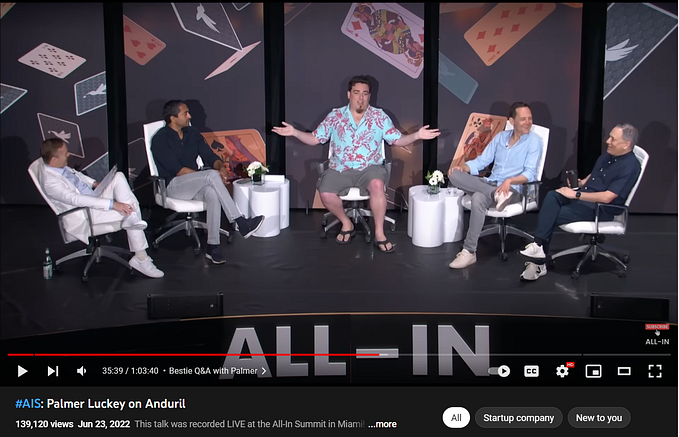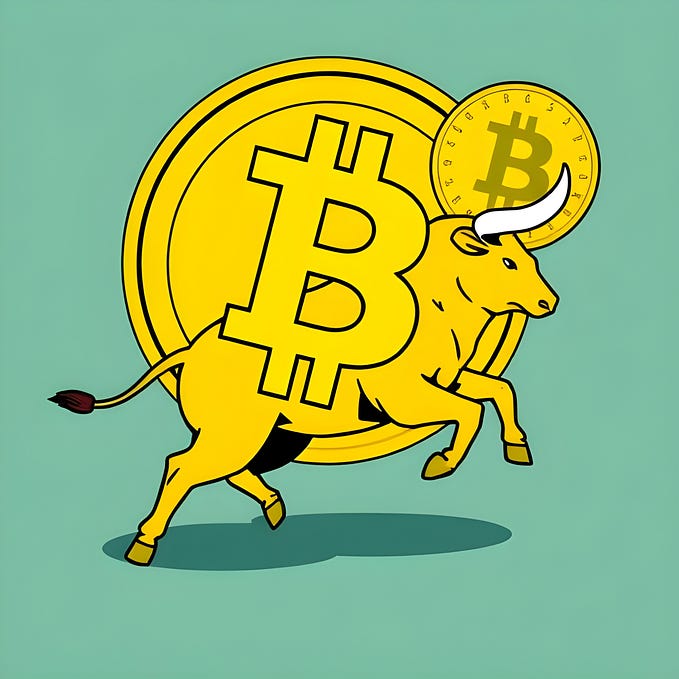How to Draw Between the Lines When Illustrating Children’s Books
Can you add things that aren’t in the text to the illustrations of a kids book? Yes! And you should!
Use pictures to tell more of the story in children’s books—emphasizing, enhancing, and symbolizing the themes and narrative. Draw what isn’t there in your children’s book illustrations—and add to the story!

Drawing Things That Aren’t in the Text When Illustrating Children’s Books
You may feel like you’ll do something wrong if you get too creative. But, because your illustrations have to go through many progressions, all of which are signed off on by the author and art director before becoming the final art, you aren’t going to surprise them with something new at the end of the process. (Thumbnails, roughs…and even finished pieces need to get a stamp of approval!) If you add in an element that doesn’t fit, they will let you know!
Be creative and think about how to best use visuals to enhance the themes of the book, emphasize the emotions, or represent aspects of the characters.

I am a children’s book illustrator — I’ll be using “Maybe A Whale”, a book I illustrated, as an example throughout this article. (This kids’ book was written by Kirsten Pendreigh and published by Groundwood Books.)
Just to give you some context on the story, so you can see how images affects the reader’s experience, here is a short synopsis of the book:
After Grandpa dies, a girl and her mother take the trip he had planned for them, kayaking along the Pacific west coast to look for the whales that he loved.
The trip will do them good, Mom says, but the girl isn’t sure. How can that be true when grandpa isn’t there? And how will they find a whale in all that water, anyway?

The Compass as a Symbol
In “Maybe A Whale”, the theme of taking a trip without grandpa—both his absence and his felt presence—is symbolized by a compass that appears throughout the book. This was never mentioned in the text, however it became a powerful way to remind the reader of him.

The little girl wears the necklace through their adventures. Not only is it a talisman and remembrance, but because it is a compass it symbolizes grandpa guiding them on this journey.
I could have used another pendant type on the necklace, such as a star or whale, but neither of those would have also added the element of ‘adventure’ or ‘outdoors’ from the book’s story.

When she dreams (or imagines) meeting a whale, she is touching the compass because it ties the humpback whales and her grandpa’s memory together.
I discuss more about color and symbolism in kids books in my article: Using Color as Story in Children’s Book Illustrations — take a look!

Stars as Imagery Throughout the Book
There are a lot of stars in this book! Not only to foreshadow the star-whales, but because they tie in nicely with all of the night scenes we experience in the story. There are even starfish on the beach when the mother and daughter first land!

All of these stars really come to a point when we see the star whale later on in the book. The stars become a symbol of connection and hope.

A Fuzzy Whale — Toys in Children’s Books
In kids books, there are often toys shown in the pictures. Of course there are! Kids have toys, so it’s only natural they would be in the story. Sometimes you can use these toys to tie into the themes or narrative of your children’s book.

In “Maybe A Whale”, the little girl brings her stuffed blue whale with her on the kayaking trip. He’s super cute, but he also gives us a visual clue of how much the girl loves whales and how much the search means to her. It adds to the stakes in the story and builds her character.
You can get your copy of “Maybe A Whale” on Amazon over here.

Drawing what ISN’T in the Story…
(spoilers!) One of the reasons this book was tricky to illustrate is because the mother and daughter NEVER SEE whales! The story brings them to the brink of seeing the whales, but instead they only hear them in the night time.
How do you illustrate a story about whales…without any whales in it?
I think you have to differentiate what the characters see with what the readers see. Although the characters never see the whales, that doesn’t mean the viewer won’t!


You can sneak things into the pictures using techniques like silhouettes, symbolism, and imagination. Whales underneath the kayak or in the bay—unseen by the characters—but spotted by the reader!

Whales in the sky…do the characters see them or are they imaginary? And a big whale that the girl dreams or imagines—that is up to the reader!

Get creative with your illustrations and see what you can add that will enhance the story and emphasize the themes. If you add it to a scene, you may as well make it meaningful!
You can get your copy of “Maybe A Whale” on Amazon over here.
Thank you for reading!
Subscribe and get notified when I publish another article!
Take a gander at my artwork, books, and projects on my website!
Hey Crystal Illustrates
Looking for wall art or postcards? See some of my artwork here.







